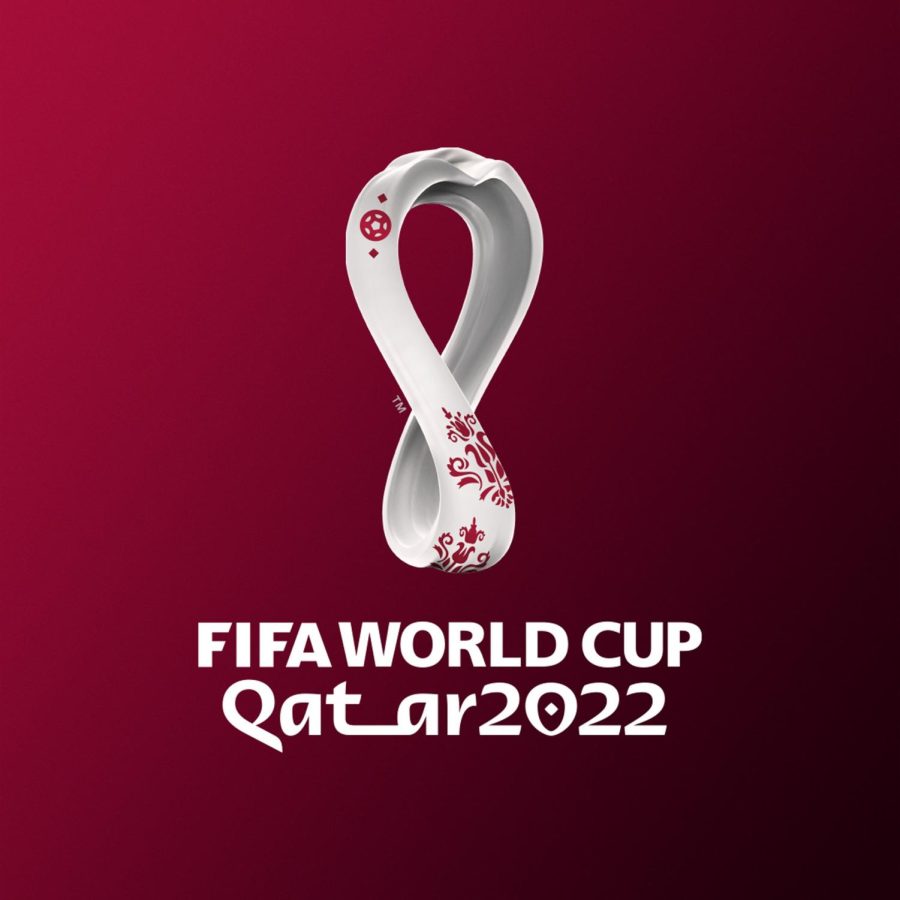Fútbol Fans Rejoice: The World Cup Returns
For the first time since the beginning of Covid, the World Cup is coming back.
The 2022 World Cup will be hosted in Qatar, and will take place from Nov. 21 until the final game on Dec. 18.
The three previous World Cups were hosted in South Africa (2010), Brazil (2014) and Russia (2018). The number of viewers registered throughout the tournament, and specifically during the final game, was impressively high, setting the record for the three highest live-audience of all times with 531 million, 562 million, and 517 million viewers respectively, according to Statista.
In the past five World Cup tournaments, Italy, Germany, France, Spain, and Brazil have graced the winner’s stage. However, countries such as Croatia, Netherlands, and Argentina have played a role as outliers in past years, spicing up the tournament.
Many other countries are now considered in the position to fight for the title against the historically top-seeded countries.
Austin Briggs ’24, from Chapel Hill, N.C., spoke to The Willistonian about the worldwide impact of the tournament.
“I believe that the exposure of soccer that the World Cup brings is incomparable to any other sporting event across the globe,” he said. “It is very important for the sport to continue to grow in the U.S. to show the youth just how great of a sport soccer is.”
Austin hopes the U.S. makes it out of the group stage in the 2022 World Cup; his goal for the team, he explained, is “to gain momentum for the 2026 World Cup.”
Manuel Gonzalez Hudson, a junior from San Jose del Cabo, Mexico, spoke to the atmosphere around the World Cup in Mexico.
“The World Cup is the most thrilling event that my country has,” he said. “I believe everyone will do their best to watch their nation play in this tournament, all restaurants will be full, and it’s truly magical how everyone loves this sport.”
The tournament is composed by a group stage, followed by a round of 16, quarter-finals, semi-finals and then the final game. In order to access the group stage, countries took part in a qualifying phase, which was divided by the region of origin – i.e., European countries only played other European countries.
The 32 teams who qualify are then drawn from four different pots, where they have been previously placed based on their world rank. Each group, from A to H, is composed of a country from each pot; consequently, the historically-strongest nations won’t play each other until later on in the tournament.
The only exception to this rule is the hosting team, Qatar, which will make it directly to pot 1 together with the strongest teams.
Although the groups have already been drawn, a few countries are still competing to qualify for the World Cup. This is the case of group E, which sees Costa Rica and New Zealand fighting for the last spot to share the stage with Spain, Germany, and Japan.
This qualifying game will take place in Qatar on either June 13 or June 14.
Mauricio Gonzalez Calderon, a senior from Costa Rica, said everybody back home is thrilled to see their country qualify again for the World Cup. Though he’s not pleased with their placement, he isn’t losing hope.
“Costa Rica has been placed in the worst possible group alongside Germany and Spain,” he said. “We don’t have anything to lose, and we have proven before that we are able to do the impossible. I will not lose my faith.”












